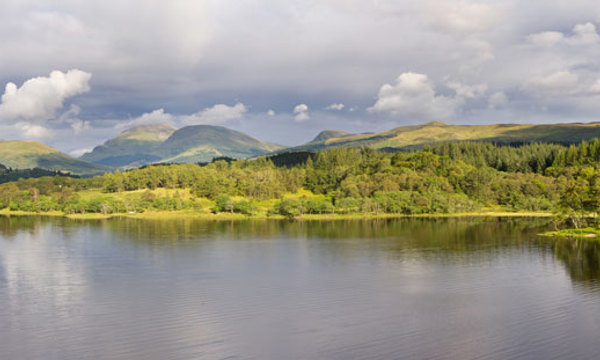1 Overview
Each of Scotland’s unique landscapes tells a story of human influence. Built structures like monuments, cairns and ruins clearly show the effect of people – past or present. More natural looking landscapes can subtly reveal human interaction through field systems, managed woodlands or artificial lochs.
We value Scotland’s landscapes for many different reasons:
- Scenic – places of beauty
- Cultural – places that tell us about our history and traditions
- Recreational – places to walk, play or relax
- Identity – places that help to define our communities and our nation
Our landscapes are one of our greatest assets, but they are subject to change. Change can come in many forms and can include new developments, alterations to land management, and the effect of climate change. We can control some of these changes, but others we have to prepare for and adapt to.
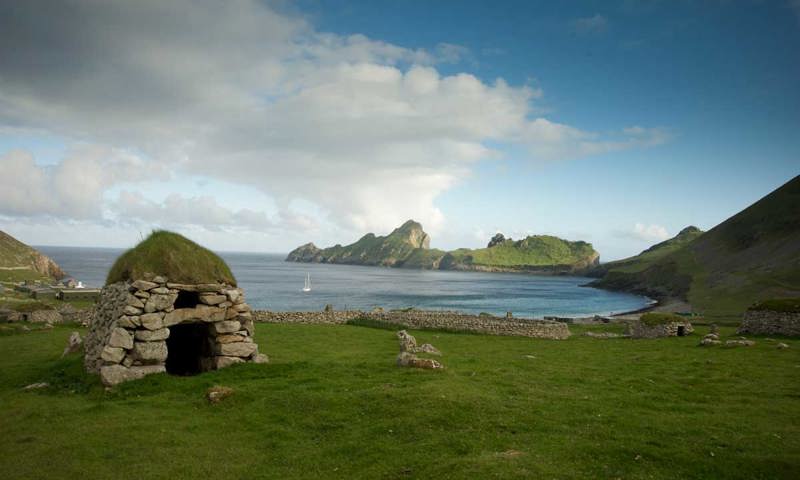
As the lead public body for Scotland’s historic environment, we work with other public bodies to protect and care for our special landscapes, and to address the challenges that all landscapes face.
2 The European Landscape Convention
The European Landscape Convention is an international treaty devoted to all aspects of European landscape. It promotes protection and management of all landscapes.
The Convention defines landscape as:
An area as perceived by people, whose character is the result of the action and interaction of natural and/or human factors.
The UK government signed up to the treaty in 2006, and we have a role in putting it into practice. We do this in a number of ways, working with different groups:
- Recognition – we help communities to understand and explore what is special about their place
- Protection – we identify special landscapes and help to protect through designation and guidance
- Management – we work with local authorities to support the creation of sustainable places to live and work
You can find out more about our approach to landscapes in our Joint Statement with NatureScot.
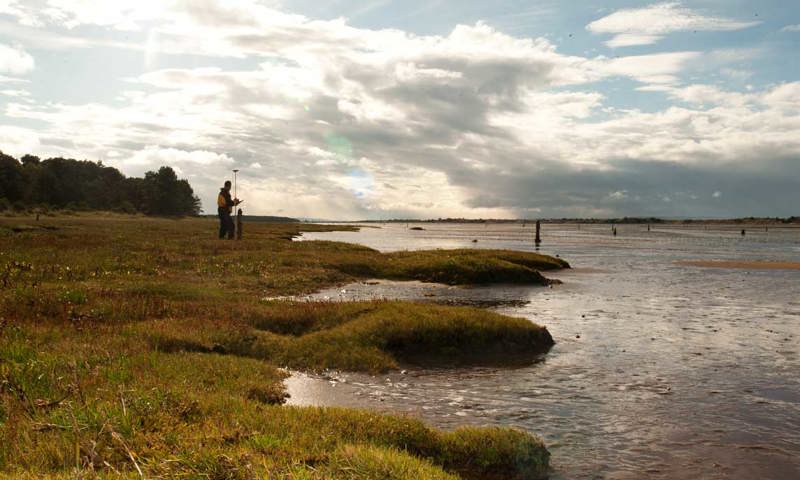
3 Special landscapes
All of Scotland’s landscapes have been affected by people over time, and they continue to be today. They can be special because of their natural elements, their cultural elements, or a combination of the two. Some of our special landscapes are protected by designation.
Designations exist to help make sure that what is special about a place is protected for people to understand and enjoy now and in the future. You can find out more about the designations we manage here.
Historic environment designations for landscape include:
There are also a number of other landscape designations which focus more on natural factors. You can find out more about them on the ‘Protected areas’ page of NatureScot’s website. These landscapes often have a strong historic element, too.
Scotland also has two National Parks – the Cairngorms and Loch Lomond and the Trossachs. The Parks are designated under the National Parks (Scotland) Act 2000 ‘to conserve and enhance the cultural and natural heritage of area’.
Lots of local authorities manage their own Local Landscape Designations. These can help communities and decision-makers to understand what makes the places in their areas special. Working with NatureScot, we have developed Guidance on Designating Local Landscape Areas.
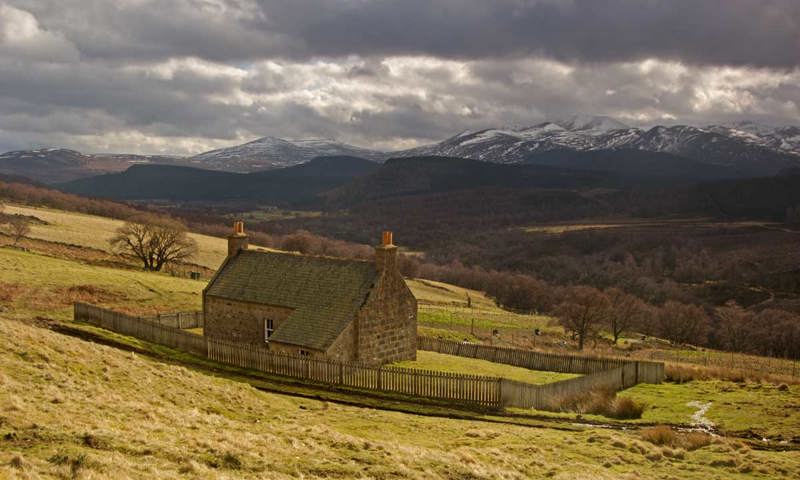
4 Working with other public bodies
We work with a number of public bodies to promote landscape issues and protect our special landscapes.
One key partnership is with NatureScot (formerly Scottish Natural Heritage). As the two lead heritage bodies in Scotland, we both have an important role in landscape issues. Our joint statement on landscape, People, Place and Landscape, sets out our common position on landscape.
People, Place and Landscape
This joint statement with NatureScot sets out how we work together to consider all landscapes in Scotland. It recognises that all of our landscapes have cultural and natural elements. This follows the approach set out in the European Landscape Convention.
We recognise that Scotland’s landscapes are highly valued nationally and internationally. Our landscapes provide a wide range of benefits to people – from health and well-being to inspiration for the creative arts.
The statement is in line with Our Place in the Time, Scotland’s strategy for the historic environment. It also reflects the challenges and opportunities set out in the Historic Environment Policy for Scotland.
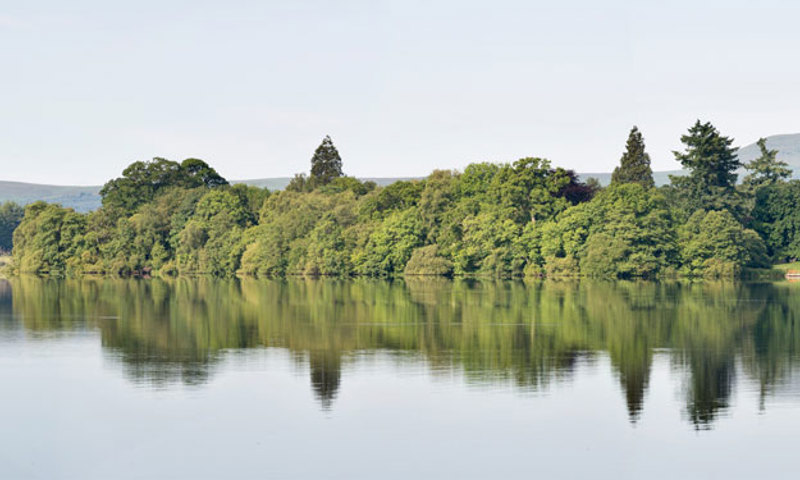
Other partnerships
We work with the Heritage Lottery Fund and other partners, including local authorities and government agencies, on ‘Landscape Partnership’ and ‘Great Place’ schemes. These projects make a huge difference to landscapes and the communities who live and work in them, and to visitors.
These projects can:
- protect the historic environment and improve access to it
- provide training and experience
- support greater diversity
- help support inclusive growth
5 Recording our historic landscapes
To help improve our understanding of the past as well as enabling research into topics like the impact of climate change, we record landscapes the length and breadth of Scotland. This work is part of our implementation of the European Landscape Convention.
We capture images and information about buildings, monuments and landscapes through archaeological field surveys and aerial surveys.
We have also mapped evidence of historic land-use in Scotland, revealing how people have used Scotland’s landscapes over the centuries. This map reveals a variety of activities, ranging from prehistoric agriculture to modern day skiing resorts.
This information can help us to understand the scale and pace of change to our landscapes. We can use this to enable research into topics like the impact of climate change.
NatureScot have records of the current character of our landscapes, in their Landscape Character Assessments. These were updated in 2019 with reference to our historic land use data.
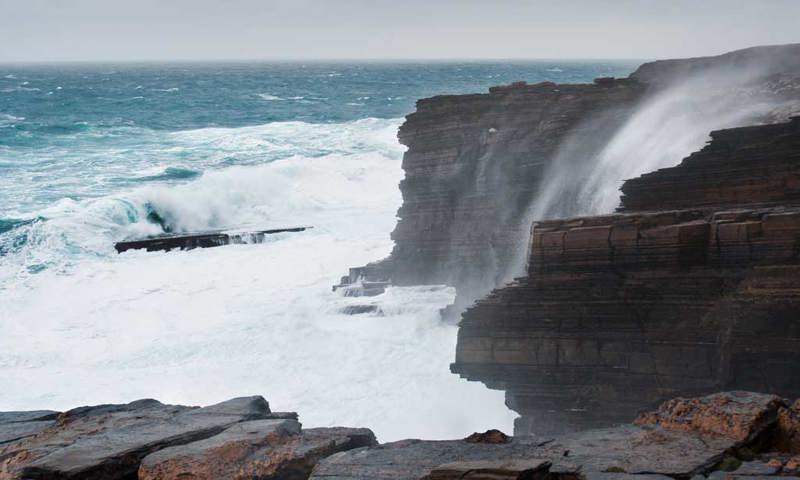
6 Climate change and landscapes
Landscape will be a key part of how Scotland addresses the climate emergency. Well managed historic landscapes benefit people in a wide variety of ways, often referred to as ‘ecosystem services’. If our landscapes are managed well, these benefits can help us adapt to climate change.
Vulnerable landscapes
Historic landscapes are also vulnerable to risks from climate change. As sea levels rise, temperatures increase, and we see more extreme weather, flooding and coastal erosion will increase and vegetation patterns will change.
Landscape elements that have survived well in the past may be less able to cope with changing weather patterns. This could affect vulnerable species and historic remains.
Coastal erosion is a major concern in Scotland. Currently, about 10% of our Archaeology Programme funding is spent on coastal erosion projects. We are also working with Scottish Government, NatureScot, Scottish Environment Protection Agency and others on the Dynamic Coast project, supporting more sustainable coastal and terrestrial planning decisions in response to the changing climate.
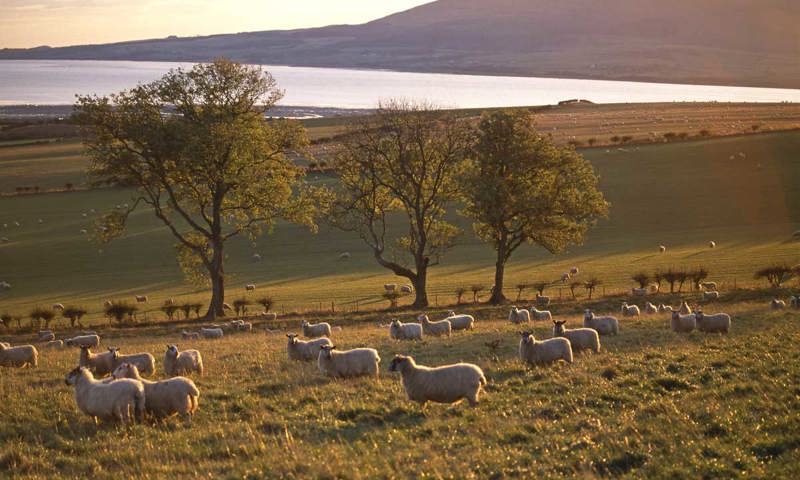
Our duties
Historic Environment Scotland has duties under the Climate Change (Scotland) Act 2009. This means that as well as contributing to emissions reduction targets, we must deliver programmes for adaptation and act in a sustainable way.
Our Climate Change Risk Assessment Report represents the most in depth study to date of the impact of climate change on the landscapes and historic sites in our care. Its results help us to decide how to spend money on future maintenance work.
Protecting historic landscapes from natural and human threats helps to preserve local habitats and species and supports biodiversity. As a Scottish public body, we have a duty under the Nature Conservation (Scotland) Act 2004 to further the conservation of biodiversity.
We help to deliver the Scottish Biodiversity Strategy, and you can find out how we are contributing to the objectives of the 2020 Challenge for Scotland's Biodiversity in our Delivery Statement. Our latest biodiversity report is also available to download.
You can find out more about how places can adapt to climate change on Adaptation Scotland’s website.
7 Placemaking
New developments and changes in land management are often the biggest changes we see to our landscapes.
The Landscape Institute Scotland (LIS) has produced a document encouraging Scotland’s commitment to best practice in landscape planning and management. It supports the Scottish Government in delivering its Programme for Scotland. Find out more on the LIS website.
We want to make sure that our landscapes can be understood and enjoyed by present and future generations, and we work with communities to explore what is important to them about their places.
Planning
From housing to roads and wind farms to over-head power lines, our landscape is subject to a great deal of change. At HES, part of our role in planning is to help developers and decision-makers to understand what is special about our landscapes.
Our landscapes, buildings and monuments can make a big contribution to the quality and sustainability of new developments. Scottish Government's policy on placemaking reflects this.
Other land management systems
Large-scale land management changes like forestry and farming can change the things that make our landscapes special and affect how we use and experience them. We give advice to land managers and agents to help protect our landscapes, and make sure that we don’t lose the things that make them special.

